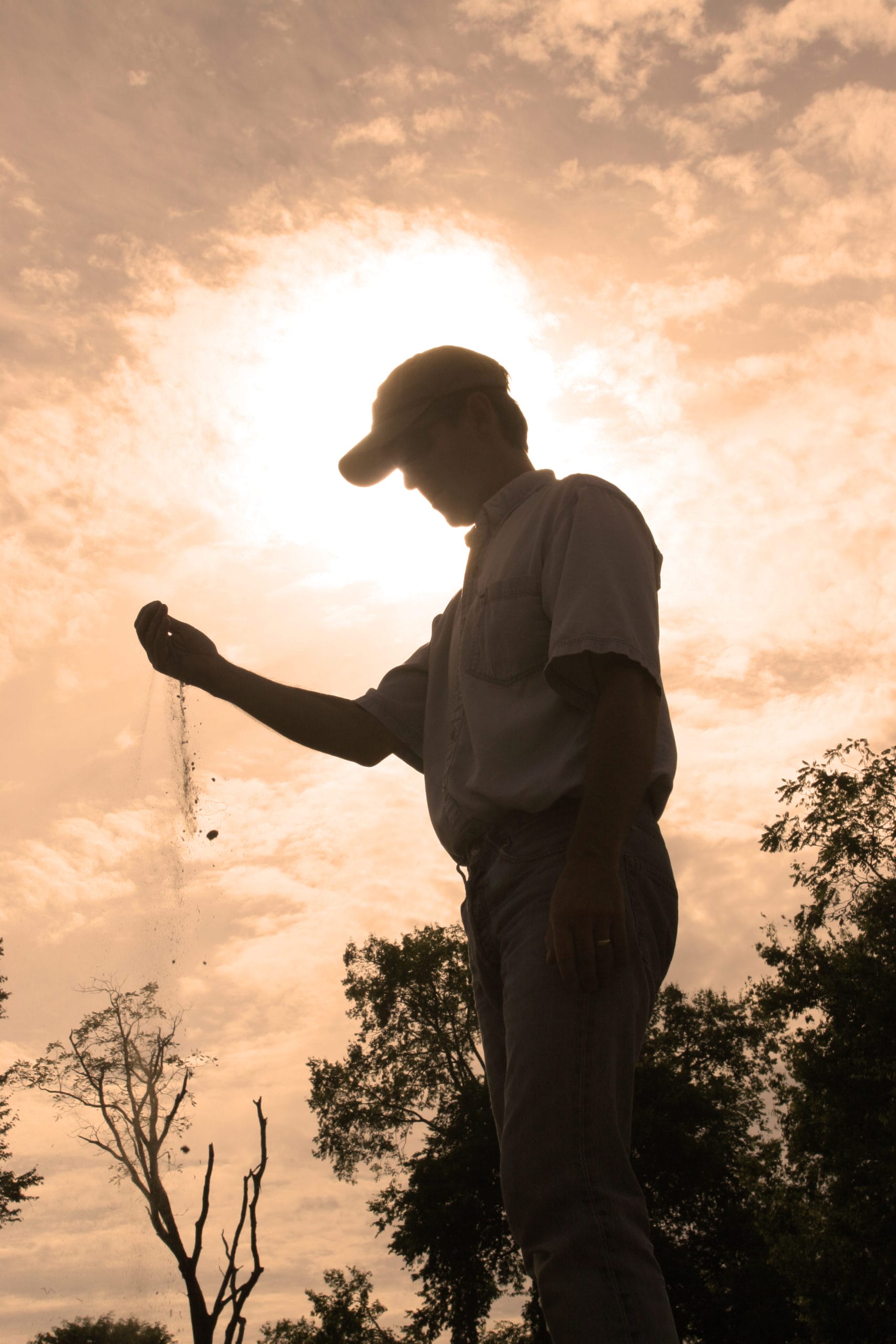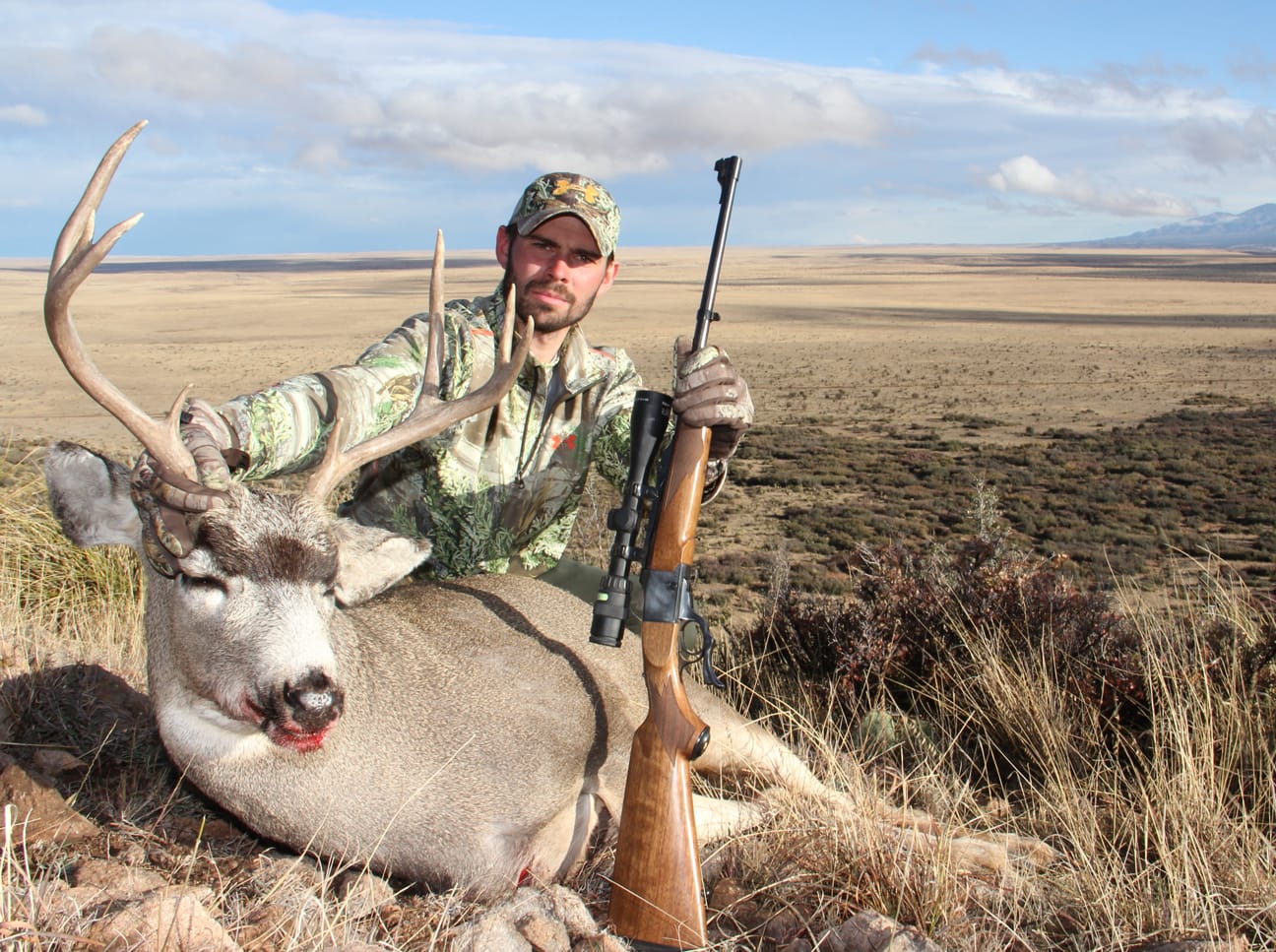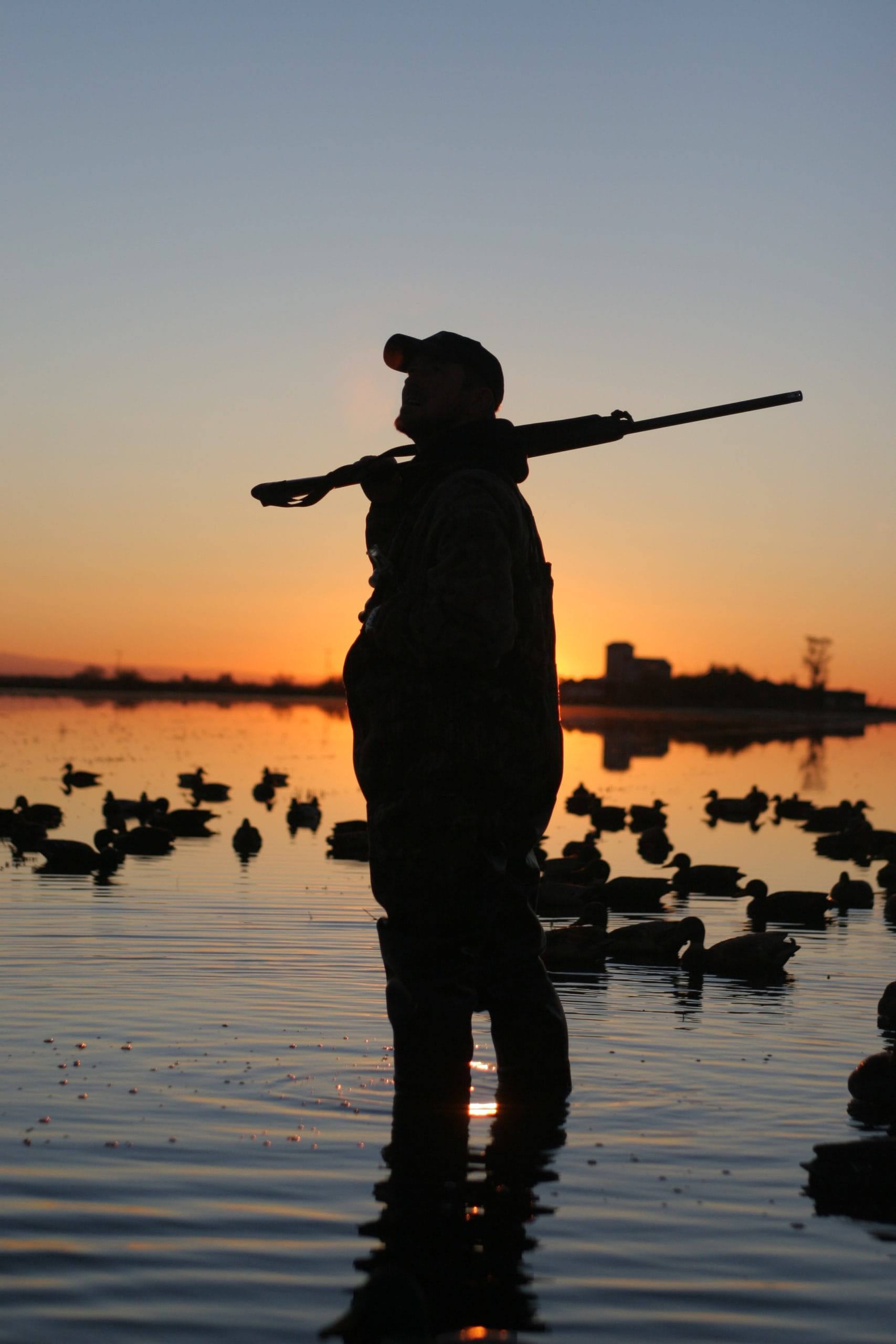
Extended droughts have not only plagued farmers, they’ve been a bane to hunters trying to plant food plots. Without rain, even the best-planned food plot won’t grow.
by David Hart
An extended drought in parts of the United States has been characterized as an act of God, or somehow the result of our own doings. Maybe the drought is just a terrible stroke of bad luck.
Whatever the cause, much of the country remains locked in an epic drought. The impacts of the drought on people have made national headlines. The impacts on wildlife are often even more harsh.
California is in the midst of its worst drought on record. Experts say it could last for several more years. Numerous reservoirs in Texas are just a fraction of their normal volume, and farmers in parts of Kansas, Oklahoma and Colorado are struggling to survive.
Food prices are up, water tables are down, and churches throughout the west are filled with voices praying for rain.
Life during a drought may be hard for humans, but it’s hell for wildlife. Virtually every species of bird, fish and mammal that is suffering through a prolonged dry spell is facing population declines. Nowhere is that more evident than in Nevada, where parts of the state are in what the U.S. Drought Monitor calls an “exceptional drought,” the worst classification of all. Bighorn sheep populations are down, pronghorn numbers have fallen and upland birds are harder to find.
However, no species seems to be suffering from drought conditions throughout the west more than mule deer, particularly populations that live in more arid regions. A number of other factors including habitat loss and predation are taking a toll on mule deer, but dry weather is only compounding the loss.
A study conducted by the Nevada Department of Wildlife showed a direct correlation between mule deer populations and rainfall. Simply put, wet years lead to a spike in deer numbers; dry years result in a population decline. Abundant moisture during the summer months maintains nutrition levels in vegetation. Female deer produce more and healthier milk when food is abundant, which results in higher fawn survival rates. That leads to better deer herds in following years. Fawn survival rates are considerably lower in dry years.
Even populations of elk in some areas are suffering from extended drought for many of the same reasons mule deer numbers are down. Biologists with the Wyoming Cooperative Fish and Wildlife Research Unit found low calf recruitment in parts of Wyoming that have been under a prolonged drought.
Whitetail deer are taking a hit, as well, mostly in places like southwestern Kansas, south Texas and western Oklahoma. Population surveys in parts of Texas have found extremely low fawn-to-doe ratios. Dr. Charles DeYoung, a research scientist with Texas A&M’s Caesar Kleberg Wildlife Research Institute, reported one ranch where managers counted just five fawns for every 100 does. Normal ratios are closer to 1:1, even higher in good years.
The Drought Fallout
So what does it all mean? The most obvious answer is that hunting opportunities will suffer. Many western states have already decreased available mule deer tags. Colorado took what could be the most drastic measure when it eliminated 50,000 deer tags. Many of those were in drought-stricken northwestern Colorado, where mule deer numbers have plummeted from an estimated 106,000 deer in 2005 to just 32,000.

Drought doesn’t just affect mule deer populations, it also affects their antler size. A dry spring and summer results in poor forage, which ultimately leads to smaller antlers.
Other states have cut deer permits, as well. Kansas eliminated doe tags in the state’s southwestern corner and reduced them in other parts. Ranch managers in Texas have limited hunters to bucks only in an effort to sustain populations for the future. Many hunters in other regions are also refusing to shoot does, even though it may be legal.
Hunters fortunate to draw a tag in one of the drought-ravaged states will likely see fewer animals, and bucks and bulls in general will have smaller antlers. Researchers in Texas found adult whitetail bucks will have antlers as much as 10 inches smaller than they would during years with normal precipitation. Elk antlers are also smaller during abnormally dry conditions.
It isn’t just big-game opportunities that are declining. Upland birds in particular have been hit hard by drought. Although state wildlife agencies typically don’t limit the number of licenses sold for small game, hunters simply aren’t going to places like west Texas or New Mexico to hunt quail.
For good reason.
Both states used to have outstanding quail hunting. Not anymore. Populations of bobwhites, scaled quail and Gambel’s quail have plummeted as a result of extended drought. Pheasants in parts of Kansas and Nebraska are also well below long-term averages. For now, during this extended drought, hunters simply aren’t traveling to those states like they used to.

Despite dry conditions in much of the country, the region known as the duck factory saw abundant moisture. This is shaping up to be a banner year for waterfowl—as long as you can find a puddle deep enough to float a decoy.
A Little Good News
Despite the bleak outlook in much of the country, some regions are plenty wet. And game and non-game species in those regions are doing fine. There is no shortage of whitetails throughout the eastern United States. Bear populations are booming throughout much of their northern and eastern range and turkey populations are as strong as ever in regions that have had adequate rainfall in recent years.
Even better, duck numbers are near record levels, thanks to abundant snow and rain in the Prairie Pothole Region in the Dakotas, southern Canada and parts of Montana and Minnesota. The region is known as the duck factory and is living up to its name this year. Hunters throughout the country should see plenty of ducks. That is, if they can find enough water to float a decoy.
The Union Sportsmen’s Alliance website is designed to provide valuable articles about hunting, fishing and conservation for members of AFL-CIO affiliated labor unions and all sportsmen and sportswomen who appreciate hunting and fishing and want to preserve our outdoor heritage for future generations. If you would like your own story and experience from the outdoors to be considered for our website, please email us at [email protected].







